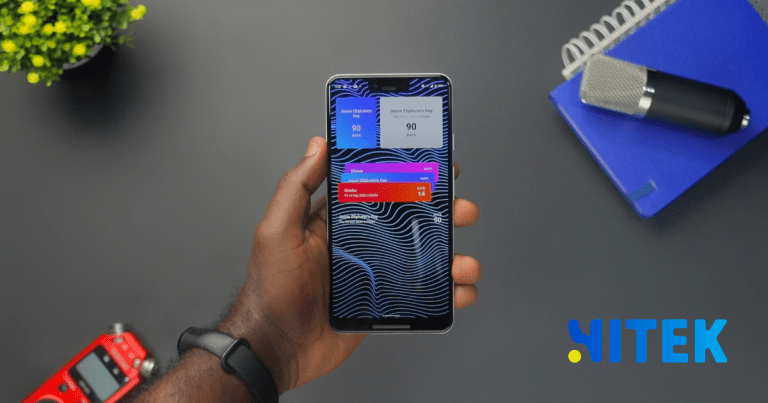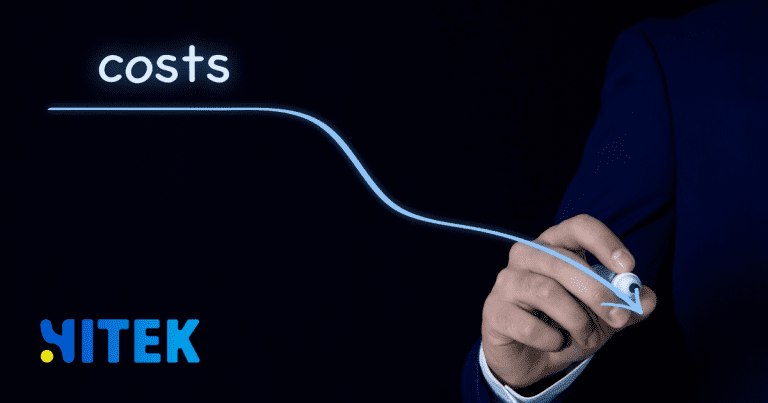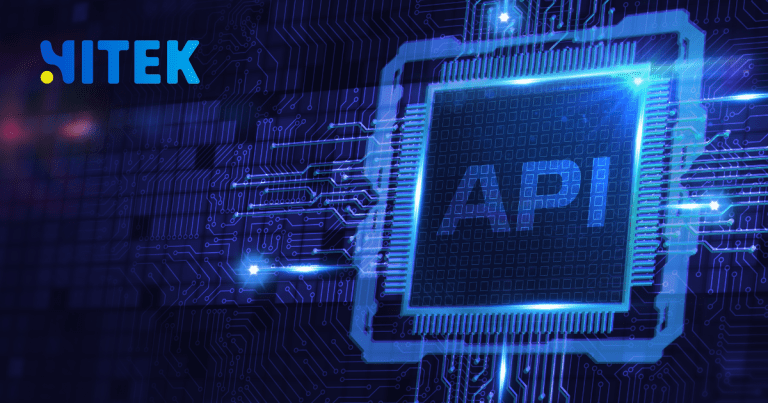Artificial Intelligence (AI) is no longer a futuristic concept—it’s a competitive necessity. AI is transforming industries worldwide from automating customer service with chatbots to optimizing logistics with predictive analytics. If you’re an Australian entrepreneur, developer, or business leader looking to harness AI, this guide will walk you through building AI software from scratch.
Contents
ToggleWhy Build AI Software?
AI adoption in Australia is accelerating, with industries like healthcare, finance, and agriculture leading the charge. According to a report by CSIRO, AI could contribute up to $315 billion annually to the Australian economy by 2028. Whether you want to streamline operations, enhance customer experiences, or unlock new revenue streams, AI offers unparalleled opportunities.
Step 1: Define Your AI Project Goals
Before writing a single line of code, clarify your objectives. Ask yourself:
- What problem will AI solve? (e.g., fraud detection, demand forecasting)
- Who is the end user? (businesses, consumers, internal teams)
- What data is available? (structured, unstructured, real-time)
A well-defined goal ensures your AI project stays focused and measurable.
Step 2: Choose the Right AI Technology
AI encompasses various technologies—machine learning (ML), natural language processing (NLP), computer vision, and more. Here’s a quick comparison:
| AI Technology | Best For | Example Use Cases |
|---|---|---|
| Machine Learning | Predictive analytics, recommendations | Fraud detection, customer segmentation |
| NLP | Text and speech processing | Chatbots, sentiment analysis |
| Computer Vision | Image and video analysis | Facial recognition, quality inspection |
Python is the go-to language for beginners due to its extensive AI libraries like TensorFlow and PyTorch.
Step 3: Gather and Prepare Data
AI thrives on data—high-quality, relevant, and diverse datasets are crucial. Steps include:
- Data Collection: Use APIs, web scraping (legally), or open datasets like Kaggle.
- Data Cleaning: Remove duplicates, handle missing values, and normalize formats.
- Data Labeling: For supervised learning, annotate data (e.g., tagging images for object detection).
Australian businesses can leverage government datasets from data.gov.au for public-sector AI applications.
Step 4: Build and Train Your AI Model
Once your data is ready, follow these steps:
- Select an Algorithm:
- Supervised Learning (for labeled data) → Decision trees, neural networks
- Unsupervised Learning (for unlabeled data) → Clustering, anomaly detection
- Train the Model:
- Split data into training (70%) and testing (30%) sets.
- Use frameworks like Scikit-learn for simpler models or TensorFlow for deep learning.
- Evaluate Performance:
- Metrics like accuracy, precision, and recall determine effectiveness.
Step 5: Deploy and Monitor Your AI Software
Building the model is just the beginning. Deployment involves:
- Cloud Integration: AWS, Google Cloud, and Azure offer AI deployment tools.
- API Development: Let other apps interact with your AI (e.g., a chatbot API).
- Continuous Learning: Monitor performance and retrain models with new data.
Microsoft’s AI for Good program provides grants and resources for Australian startups.
Challenges & How to Overcome Them
- Data Privacy: Comply with Australia’s Privacy Act.
- Talent Shortage: Upskill teams via online courses (e.g., Coursera’s AI Specializations).
- Bias & Ethics: Audit AI models for fairness using tools like IBM’s AI Fairness 360.
Final Thoughts: Is AI Right for Your Business?
AI isn’t just for tech giants—small and medium enterprises in Australia can also benefit from it. Start small with a pilot project, measure ROI, and scale intelligently.
Ready to build your AI solution? Partner with a trusted AI development firm or explore DIY platforms like H2O.ai to start today.
By following this roadmap, you’ll be well on your way to creating AI software that drives innovation and growth. The future of Australian business is AI-powered—will you be part of it?










